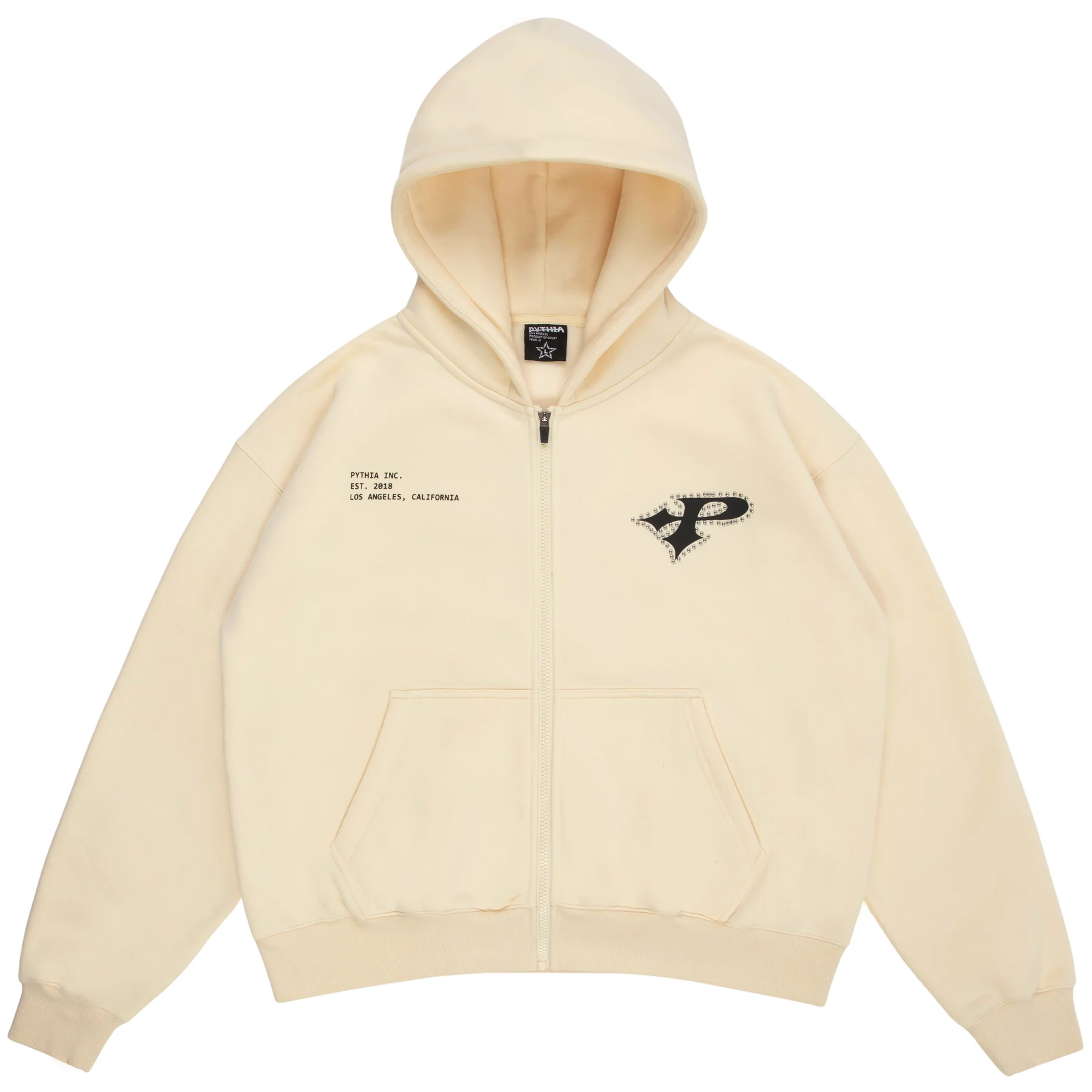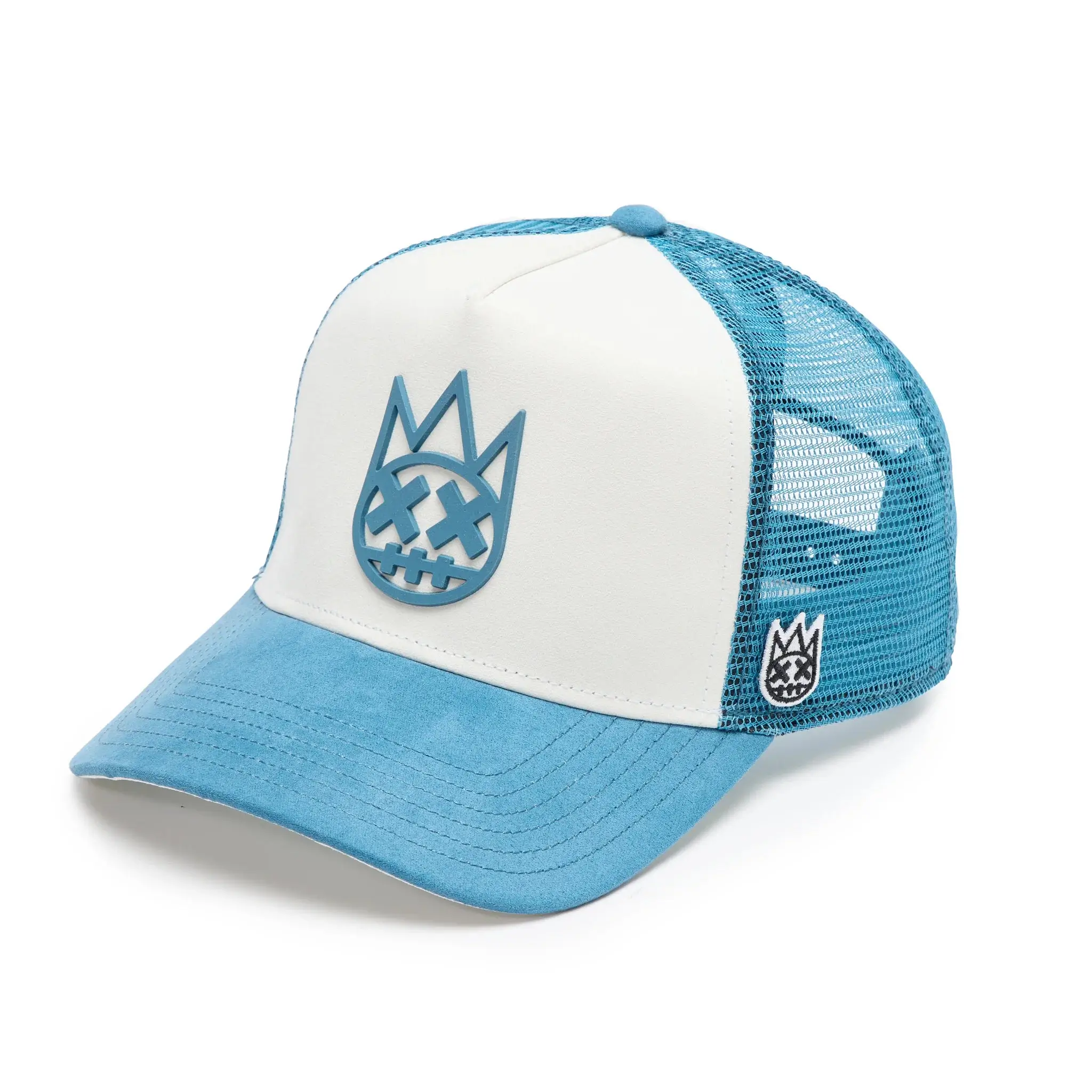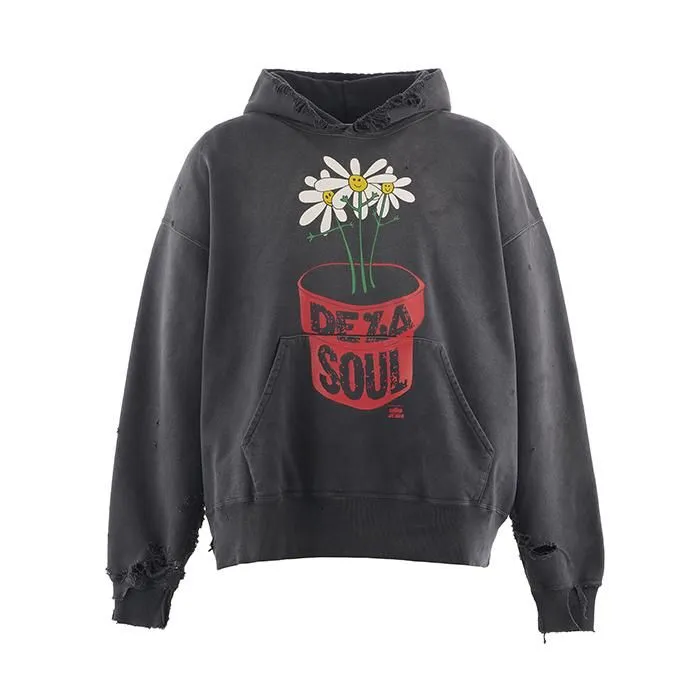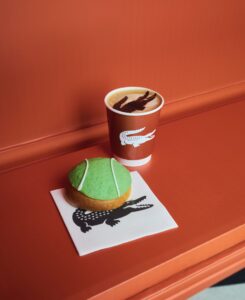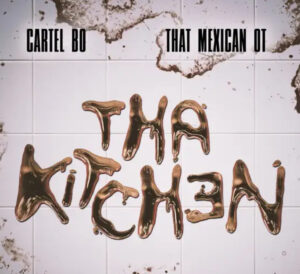Following Kim Jones’s exit, LVMH confirms the appointment of JW Anderson and former Loewe designer Jonathan Anderson as artistic director of Dior Menswear.
Breaking news from Paris: Dior has confirmed that Jonathan Anderson will take over as artistic director of Dior Menswear, marking one of the most anticipated creative appointments of the year. The announcement, made quietly through a brief statement from the house and publicly confirmed by LVMH chairman Bernard Arnault at the luxury group’s annual general meeting, signals a bold new direction for the French fashion giant.
Anderson is set to debut his first collection for Dior Men on 27 June in Paris, during the Spring/Summer 2025 menswear shows. He replaces Kim Jones, who stepped down from the role in January after a six-year tenure characterized by savvy collaborations, streetwear-luxury fusion, and commercial success.
For Anderson, this is a homecoming of sorts—not to Dior specifically, but to the LVMH family. And more symbolically, it is a full-circle moment for a designer whose conceptual rigor and boundary-pushing work have helped redefine the language of modern menswear.
From Loewe to Dior: A Creative Evolution
Jonathan Anderson’s appointment comes just weeks after his departure from Loewe, the Spanish heritage label he transformed into one of the most forward-thinking and creatively vital brands in the LVMH portfolio. Over his 11-year tenure, Anderson turned Loewe into a laboratory of texture, craft, and cultural subversion—often veering into the experimental while still maintaining commercial appeal.
What he achieved at Loewe is nothing short of remarkable:
- He brought Spanish craftsmanship into dialogue with avant-garde fashion.
- He revived the brand’s accessories business, especially the Puzzle and Hammock bags.
- He blurred gender lines in silhouette and styling long before it became trend-driven.
- He infused high fashion with outsider art, literature, and ceramics in a way that felt intellectually fresh, not forced.
The Dior Context: Following in Kim Jones’s Footsteps
Jonathan Anderson inherits a menswear house in robust commercial health. Under Kim Jones, Dior Men became a powerhouse—known for its smart collaborations (from KAWS to Travis Scott), for its balance of street and tailoring, and for translating couture techniques into accessible formats.
Jones mastered the high-low dynamic. He preserved Dior’s elegance while leaning into pop culture and sneaker drops. His Dior felt young, fast, and plugged into the hype ecosystem—without losing the house’s identity.
But as fashion recalibrates in a post-hype era, Dior seems ready for a new tone. One less rooted in cultural virality and more in craft, concept, and cerebral creativity—Anderson’s strengths.
This is not to say Anderson will throw away what Jones built. Dior doesn’t hire wrecking balls—it hires evolutionists. But the shift from Jones to Anderson represents a pivot in philosophy: from fashion that sells through immediacy to fashion that lingers through meaning.
Anderson’s Menswear: What Might Change at Dior
While much of the anticipation centers on the how, fashion insiders are already speculating about the what. What might Anderson bring to Dior Men?
Here’s what to expect:
A Shift Toward Craft-Driven Narratives
Anderson thrives when he has the freedom to mine history, art, and artisanry. Expect deeper dives into archives, textiles, and fabrication techniques that push Dior’s menswear into more narrative-rich territory—less drop-driven, more layered and reflective.
Gender Fluidity with Subtlety
While Dior Men under Jones was rooted in masculine codes—even if reinterpreted—Anderson may blur those lines more. He has long played with silhouettes, materials, and presentation in a way that queers the masculine without parodying it. Dior Men might become less binary, more poetic.
Surrealism and Sentimentality
Anderson’s most powerful collections—at both Loewe and JW Anderson—lean into surrealism, emotional abstraction, and storytelling. Think distorted tailoring, off-kilter proportions, embroidered motifs with narrative weight. Don’t be surprised if Dior Men becomes a space for surreal elegance.
Global and Cultural Crosscurrents
Given Dior’s current global dominance (Asia being a critical market), Anderson may expand his references beyond European art to include more international culture, music, and film—drawing from unexpected corners to reflect fashion’s increasingly global audience.
Why Dior? Why Now?
From the outside, Anderson’s move may seem like an obvious promotion—from Loewe (a respected but niche brand) to Dior (a fashion behemoth). But this shift isn’t just about scale. It’s about positioning.
Anderson has already established himself as one of the most intelligent designers working today. JW Anderson—the label he founded in 2008—has been critically acclaimed and stocked worldwide. Loewe gave him a platform to go even further. But Dior gives him legacy. It gives him a canvas with real gravitas.
Christian Dior was an architect of postwar elegance, a designer who saw clothes as mood-setters and cultural symbols. Anderson, too, sees fashion as more than commerce. He sees it as cultural communication. At Dior, he’ll be speaking to a bigger audience—but with a voice already sharpened for meaning.
And for Dior, this appointment reasserts its place at the intellectual forefront of fashion. Anderson isn’t about gimmicks. He’s about ideas. The house is betting on brains over buzz.
The LVMH Strategy
Make no mistake: this isn’t just Dior’s move—it’s LVMH’s chessboard at work.
Bernard Arnault is a master of long-term brand strategy. He understands when to play it safe, and when to inject a brand with fresh blood. With the pandemic behind us and menswear entering a more mature, reflective phase, LVMH seems to be moving away from pure spectacle and toward slow-burning influence.
Appointing Anderson signals a pivot to design-first storytelling, aligning Dior with the current mood of the industry. There’s a fatigue with constant collaboration. With the fashion-content machine. With hype for hype’s sake.
In Anderson, LVMH gets a designer who doesn’t follow that script—and yet, still commands authority. He doesn’t need to chase virality. His work generates discourse by design.
A New Era, Beginning in June
Jonathan Anderson will present his first Dior Men collection in Paris on 27 June, during the Spring/Summer 2025 shows. All eyes will be on that runway. Not just to see what he’s created—but to understand where Dior Men is heading next.
Will he take cues from the architectural structure of early Dior? Will there be callbacks to his own Loewe or JW Anderson vocabulary? Will he introduce new icons, new silhouettes, a new Dior man?
We don’t know yet. And that’s the thrill. Because if Anderson has proven anything over the past 15 years, it’s that he can surprise without losing substance.
Thoughts
The fashion industry loves a moment—and this is a big one. Not because it’s flashy, but because it’s smart. Anderson’s move to Dior represents a meeting of two deeply influential forces: a designer known for artistic independence and a brand known for setting the tone.
In the crowded, noisy space of menswear, this could be the quiet reset we didn’t know we needed. Less about spectacle. More about thinking, making, meaning.
No comments yet.


